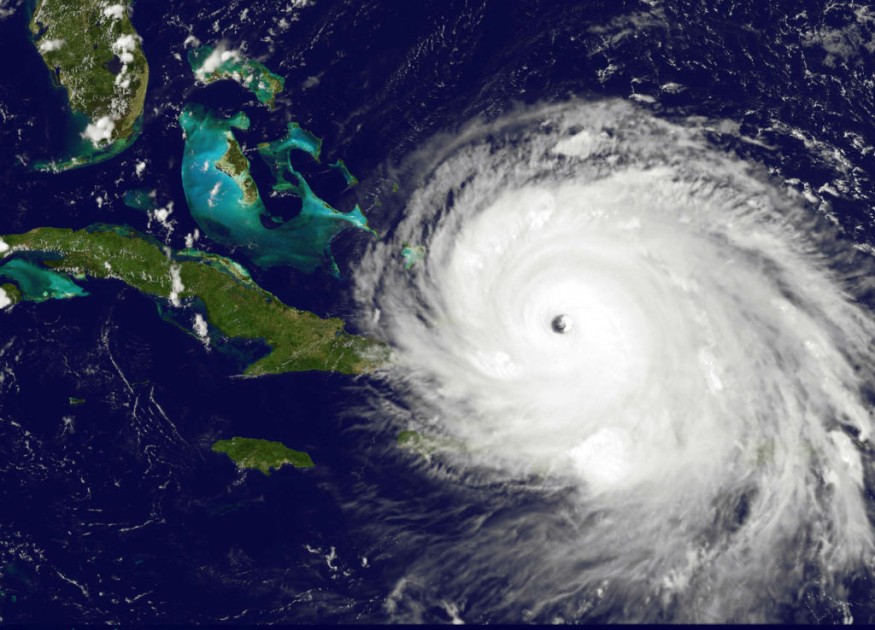Tropical Storm Julia has intensified into a hurricane over the Caribbean Sea on Saturday evening (local time), October 8, as it hovers closer to Central America.
Meteorologists issued hurricane alerts, including watches and warnings, regarding the potentially life-threatening and disruptive impact of Hurricane Julia, which can bring coastal flooding and storm surges due to hurricane force winds, as well as heavy rain.
Hurricane Julia

Hurricane Julia was dubbed as a tropical rainstorm on Tuesday, October 4, until the United States National Hurricane Center (NHC) upgraded it to Tropical Depression 13 on Thursday night, October 6.
The NHC announced on Friday noon, October 7, that the depression strengthened to become the 10th tropical storm of the 2022 hurricane season.
It was only on Saturday evening when the NHC upgraded the storm's status into a hurricane, making Julia the 5th hurricane of the 2022 season.
The NHC cited reports from the National Oceanic and Atmospheric Administration (NOAA) and the Air Force Reserve Hurricane Hunter Aircraft that Julia became a hurricane with maximum sustained winds of 75 miles per hour (120 kilometers per hour) when it passed near San Andres and Providencia Islands.
This is according to the NHC's update statement at 7:00 p.m. EDT (local time) on Saturday.
Based on the latest NHC report, Julia is located 10 miles (15 kilometers) south of San Andres Island in Colombia, situated about 140 miles (225 kilometers) east of Bluefields, Nicaragua.
The hurricane was observed moving ate a speed of 17 miles per hour (28 kilometers per hour).
Hurricane Alerts
The NHC stated weather alerts like hurricane watches and hurricane warnings were placed for parts of Nicaragua and for Colombia's offshore islands.
The hurricane warning extends from Nicaragua's northeastern coastal city of Puerto Cabezas to Bluefields in the south.
Related warnings were also in effect for Colombia's Providencia Island, Santa Catalina Island, and San Andres Island.
AccuWeather meteorologists are reportedly confident that Hurricane Julia's landfall on the central coast of Nicaragua will likely take place on Sunday early morning, October 9.
In addition, torrential rain will increase, winds will get stronger, and seas will build by Saturday night.
AccuWeather issued a forecast the Julia's impact could be felt until Tuesday, October 11, bringing deadly flooding, mudslides, damaging wind gusts, and rough seas.
As maritime activities are at risk, the meteorologists advise operators of recreational, commercial fishing vessels, and cruise ships to avoid the path of the hurricane.
Ground Situation
On the ground, several disaster mitigation and preventative measures are underway ahead the arrival of Hurricane Julia.
In Colombia, President Gustavo Petro declared a "maximum alert" on the affected islands and requested hotels to prepare additional space to shelter the vulnerable population.
San Andres Island officials imposed a curfew for its residents starting 6 a.m. on Saturday to limit the people in the streets.
Air operations, including flights, to the islands were also suspended, the Associated Press reported.
In Nicaragua, local authorities have issued an alert for ally types of vessels to seek safety.
The Nicaraguan army reportedly started preparing the evacuation of residents of islands and cays around the town of Sandy Bay Sirpi, as well as delivered humanitarian supplies.
© 2025 NatureWorldNews.com All rights reserved. Do not reproduce without permission.





